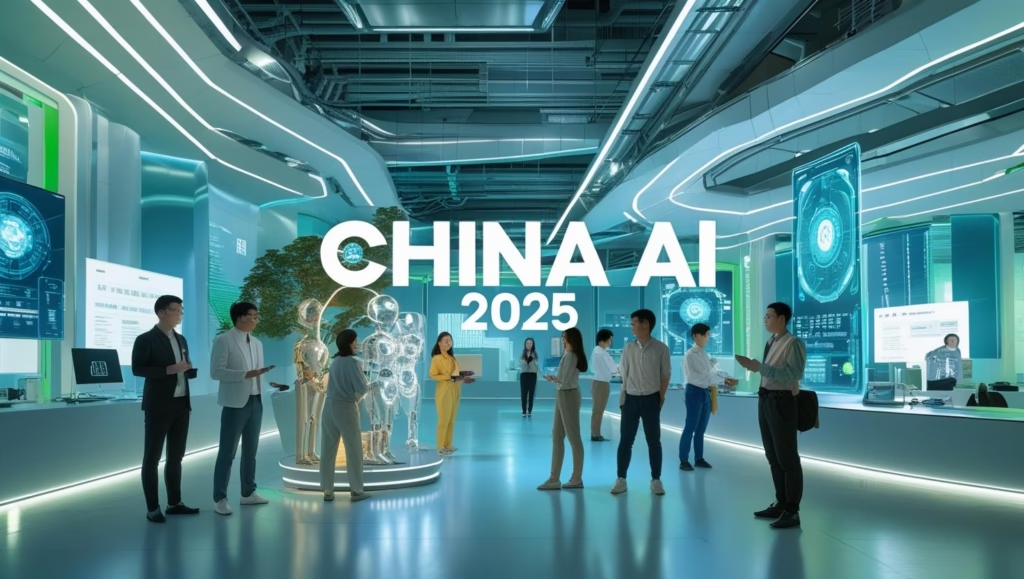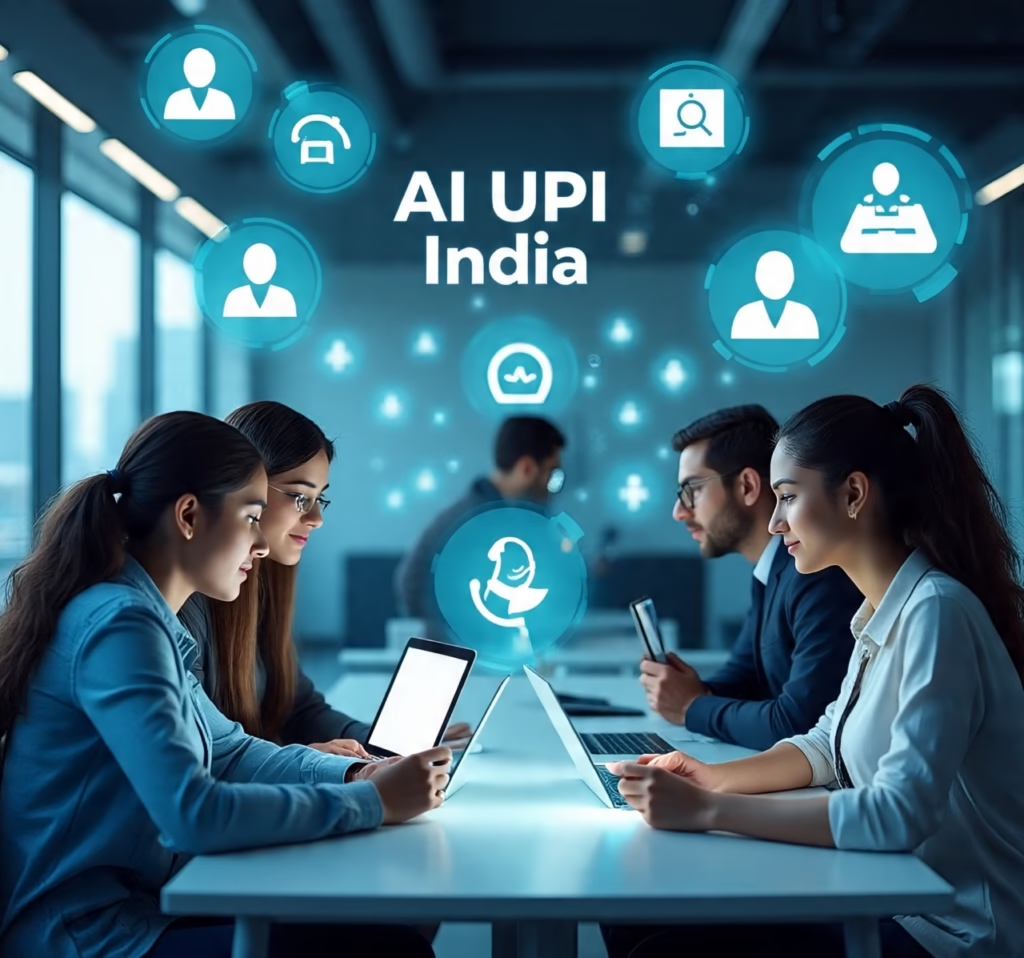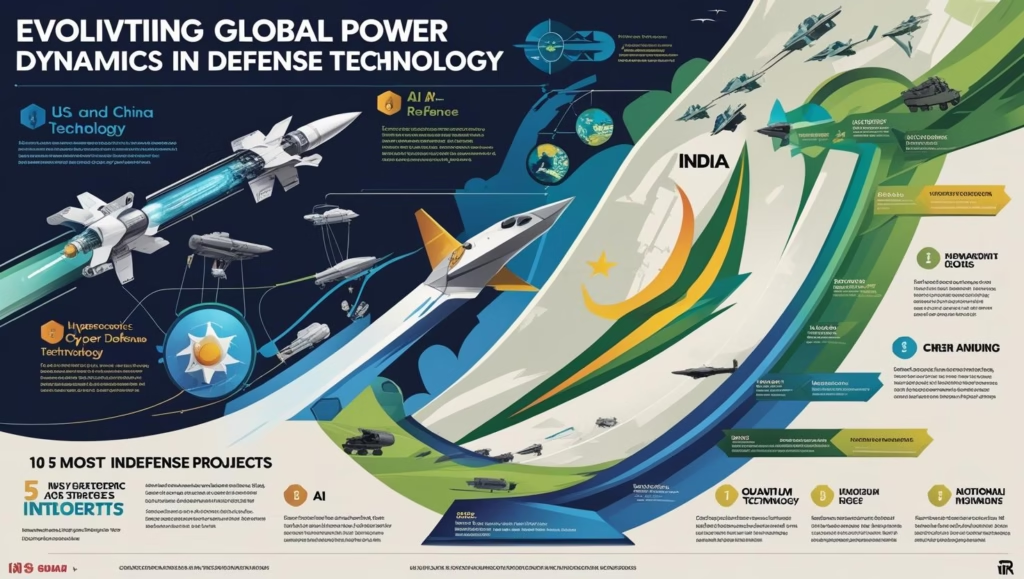Artificial Intelligence in China: 2025’s Powerhouse of Innovation
Introduction
Artificial intelligence (AI) isn’t just a buzzword in 2025 it’s the engine driving global transformation, from the apps on your phone to the systems powering entire cities. While the world races to harness AI’s potential, China has emerged as a central player, setting trends and breaking records. With the government’s vision to dominate the AI landscape by 2030, analyzing AI development in China is more relevant than ever. Understanding China’s AI journey offers a window into the future of technology, economic power, and digital society not just for China, but for the world.
Current Status of AI in China
Adoption Rates, Industry Penetration, and Trending Sectors
China’s AI market is on fire. In 2025, it’s valued at $46.53 billion and is projected to reach $194.19 billion by 2031, reflecting a compound annual growth rate of nearly 27%. AI is no longer limited to tech giants 89% of internet service companies, 68% of telecoms, and 65% of government services have adopted AI, with finance close behind at 64%. Trending sectors include:
- Healthcare: AI-driven diagnostics, telemedicine, and drug discovery are revolutionizing patient care. Hospitals are deploying smart robots for surgery and patient management, and AI is at the forefront of pandemic response and public health monitoring.
- Retail: Personalized shopping experiences, AI-powered supply chain management, and smart logistics are helping Chinese retailers set global trends.
- Manufacturing: “Smart factories” leverage AI for predictive maintenance, quality control, and automation key to China’s “Made in China 2025” initiative.
- Education: Adaptive learning platforms and AI tutors are transforming how students learn, especially in rural and underserved areas.
Achievements, Rankings, and Global Impact
China’s core AI industry is worth nearly 600 billion yuan ($83.45 billion) and is on track to exceed 1 trillion yuan ($138 billion) by the end of 2025, making up over 20% of the global AI market. China leads the world in AI patent filings, with over 1.5 million applications almost 40% of the global total. In 2023 alone, China’s large AI model market grew by 110%, reaching $2.1 billion.
China is also setting the pace in generative AI, with homegrown models like DeepSeek and Baidu’s ERNIE Bot rivaling Western counterparts. These models are trained on massive, diverse Chinese datasets, giving them a unique edge in language understanding and cultural nuance.
Universities, Research Labs, and Corporate Powerhouses
Tsinghua University, Peking University, and the Chinese Academy of Sciences are global leaders in AI research, frequently topping international rankings for publications and citations. Major corporations Baidu, Alibaba, Tencent, Huawei, and SenseTime are not only pouring billions into R&D but also launching open-source AI models and platforms, accelerating innovation across the ecosystem. These companies often collaborate with startups and universities, ensuring a steady flow of talent and new ideas.
Government Initiatives and Policies: Setting the Global AI Agenda
National Strategies and Funding
The Chinese government’s “Next Generation Artificial Intelligence Development Plan” is a blueprint for global AI leadership. With strategic investments in infrastructure, supercomputing, and data centers, China is targeting 35% of its planned 300 EFLOPS compute capacity for AI by 2025. The government is also rolling out AI-specific legislation, focusing on data privacy, algorithmic transparency, and responsible AI deployment.
Collaboration and Ecosystem Building
China’s AI boom is fueled by tight collaboration between government, industry, and academia. Public-private partnerships are everywhere, from smart city pilots in Shenzhen and Hangzhou to national AI research labs. The government encourages cross-sector alliances, ensuring that AI innovation aligns with national priorities and societal needs.
Focus on Ethics, Safety, and Talent
China is developing robust frameworks for AI ethics and safety, emphasizing transparency, fairness, and bias mitigation. The government has launched nationwide talent initiatives, including AI-focused curricula in schools and universities, scholarships, and international exchange programs. In 2025, China’s AI workforce is among the fastest-growing globally, with a strong emphasis on upskilling and lifelong learning.
Emerging AI Startups and Innovation Ecosystem: Where the Action Is
Trending Startups and Technologies
China’s AI startup scene is buzzing, with over 400 “little giant” firms making waves in niche markets. Some of the hottest names include:
- DeepSeek: A leader in open-source language models, DeepSeek is setting trends with its innovative approach to generative AI, capturing attention both domestically and abroad despite chip export controls.
- Moonshot AI: Founded by former ByteDance engineers, Moonshot focuses on multi-modal AI, integrating text, image, and video understanding for next-gen applications.
- 4Paradigm: Specializing in enterprise AI for finance and healthcare, 4Paradigm’s platforms are now used by major banks and hospitals across China.
- Yitu Technology: Renowned for AI-powered medical diagnostics and facial recognition, Yitu is a pioneer in computer vision.
- CloudWalk: A key player in smart city and security solutions, CloudWalk’s facial recognition tech is now deployed in over 100 Chinese cities.
Startup Support: Incubators, VC, and Partnerships
China’s AI startups thrive in a supportive environment. Government-backed incubators, venture capital funds, and accelerator programs provide early-stage funding, mentorship, and access to massive datasets. Public-private partnerships help startups pilot new technologies in real-world settings, from smart transportation to AI-powered public services.
Recent Success Stories and Trending Applications
- DeepSeek’s language models are now powering everything from chatbots to content creation tools, including YouTube shorts and promotional blogs optimized for trending hashtags1.
- AI-powered fashion design startups are using generative models to create and market trending Indian-inspired clothing, blending tradition with cutting-edge technology2.
- Healthcare AI platforms are reducing diagnosis times and improving patient outcomes, while smart city solutions are making urban life safer and more efficient.
Challenges and Opportunities: Navigating the Hype
Obstacles on the Road to AI Dominance
- Talent Crunch: Despite rapid expansion, the demand for top AI talent outpaces supply, leading to intense competition among companies and research labs.
- Regulatory and Data Privacy Concerns: As AI becomes more pervasive, ensuring data security and user privacy is a growing challenge. New regulations aim to balance innovation with public trust.
- Export Controls: US-led restrictions on advanced chips and AI hardware present hurdles, but China is accelerating domestic chip development and exploring alternative architectures.
Opportunities for Global Leadership
China’s massive data resources, government support, and culture of rapid iteration position it to lead in AI-driven healthcare, smart cities, and industrial automation. The “AI Plus” initiative aims to infuse AI into every sector, from agriculture to entertainment, creating new opportunities for startups and established players alike.
Future Outlook: What’s Next for AI in China?
Trending Directions and Government Plans
By 2035, China’s AI industry is expected to reach 1.73 trillion yuan ($237.4 billion), accounting for over 30% of the global market. The government is doubling down on AI infrastructure, international collaborations, and regulatory frameworks to foster innovation while addressing emerging risks.
Expert Predictions and Global Influence
Experts see China as a trendsetter in AI, not just in technology but also in regulation and ethics. The country’s approach to responsible AI, talent development, and public-private collaboration is likely to influence global standards. As generative AI, multi-modal models, and autonomous systems mature, China’s role in shaping the future of AI will only grow.
Conclusion
China’s AI journey is a masterclass in ambition, strategy, and execution. With government vision, corporate muscle, and a vibrant startup ecosystem, China is setting the pace for the world. As AI becomes more central to daily life, the real question is: How will China balance innovation with ethics, and what new trends will emerge from this dynamic landscape?
Are you ready to follow the next big wave in artificial intelligence? Keep an eye on China it’s where tomorrow’s AI trends are being made today.
FAQ: AI in China
Q1: What are the hottest sectors for AI in China?
A: Internet services, healthcare, manufacturing, retail, and education are leading the charge, with new trends emerging in entertainment and fashion.
Q2: What government initiatives are driving AI in China?
A: The “Next Generation Artificial Intelligence Development Plan,” massive investments in infrastructure, and strong public-private partnerships are fueling growth.
Q3: Who are the top AI startups to watch?
A: DeepSeek, Moonshot AI, 4Paradigm, Yitu Technology, and CloudWalk are among the most exciting names in China’s AI scene.
Q4: What are the main challenges for AI in China?
A: Talent shortages, regulatory hurdles, data privacy, and chip export controls are key issues.
Q5: How is China leading in AI ethics and safety?
A: China is developing comprehensive ethical frameworks, investing in talent, and setting new standards for responsible AI.
Authoritative Backlinks Embedded:
- [Statista: Artificial Intelligence Market in China]
- [Xinhua: Value of China’s Core AI Industry]
- [China Today: China’s AI Leap 2025]
Stay tuned for more insights as China continues to shape the future of artificial intelligence, setting trends and creating opportunities for the world.
Keywords: AI in China, artificial intelligence startups China, government AI initiatives China, China AI market growth, Chinese AI patents, China AI research labs, China AI ethics, China AI safety regulations, China AI talent development, Chinese generative AI models, China AI innovation ecosystem, China AI funding, China AI infrastructure, China AI industry statistics, Chinese AI companies, China smart city AI, China healthcare AI applications, China finance AI solutions, China AI export controls, China AI future outlook
Disclaimer: Transparency is important to us! This blog post was generated with the help of an AI writing tool. Our team has carefully reviewed and fact-checked the content to ensure it meets our standards for accuracy and helpfulness. We believe in the power of AI to enhance content creation, but human oversight is essential.





